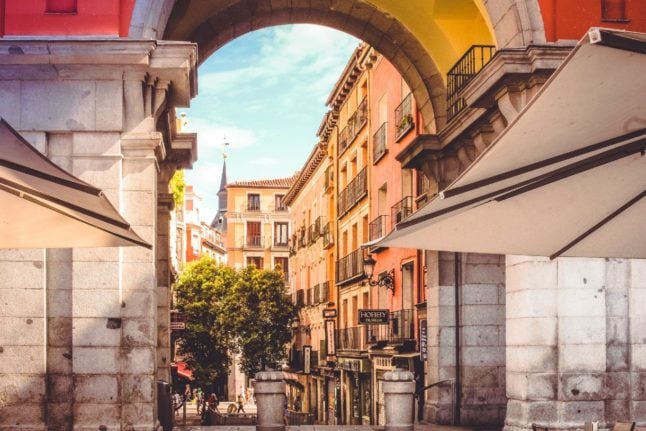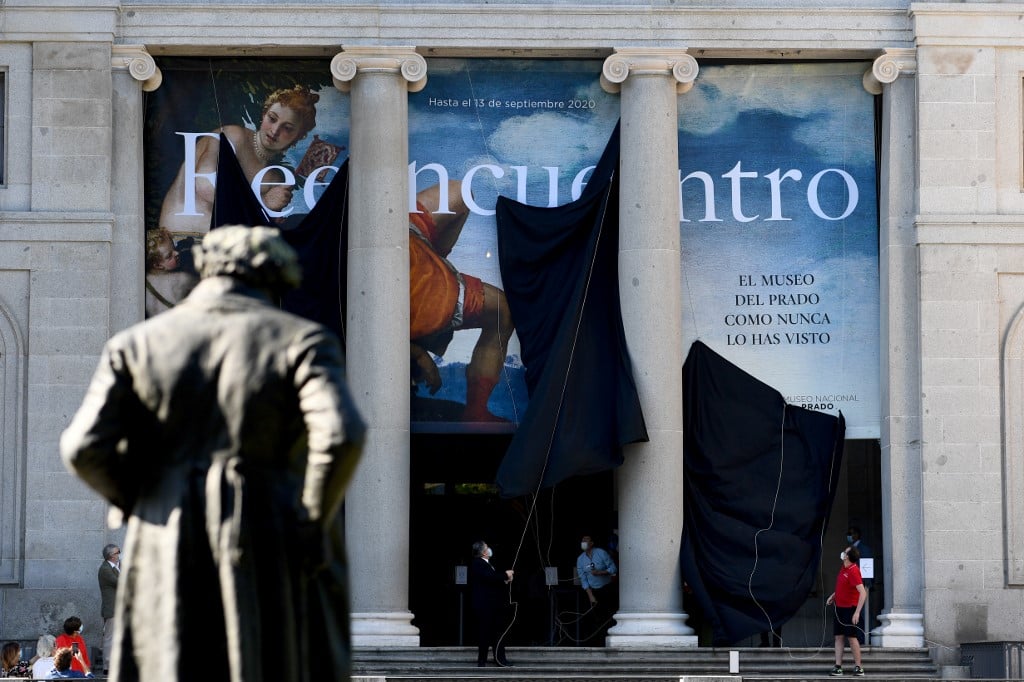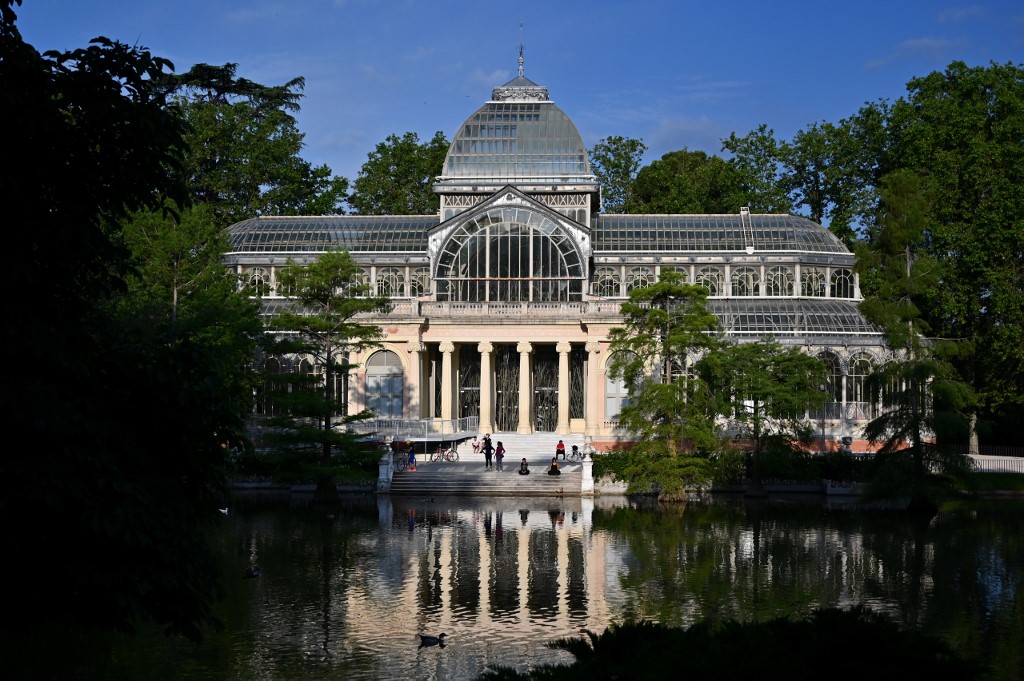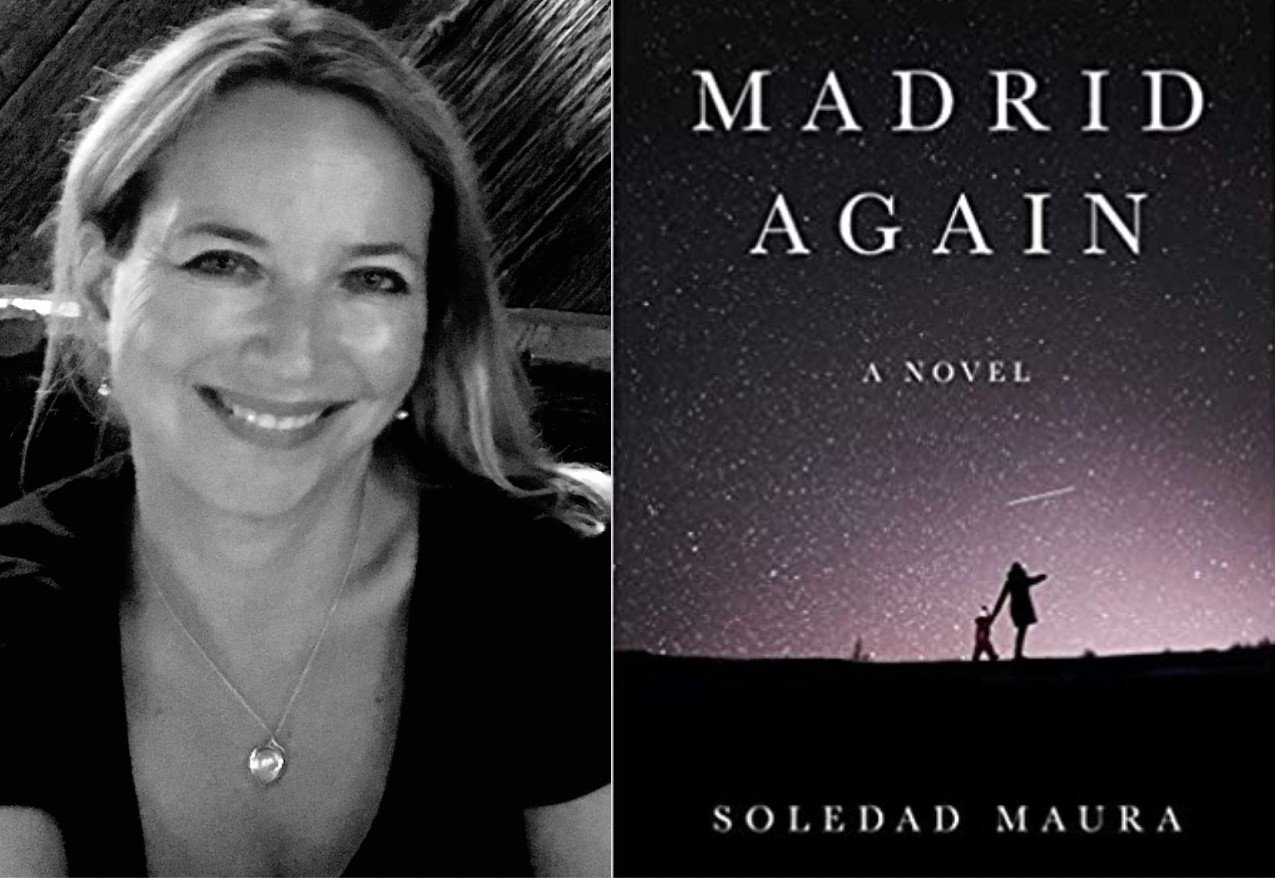An article written by the German book industry’s trade magazine sparked off a series of blog posts and articles, re-reporting the claim that the sale of electronic books with mature content is banned between 10pm and 6am in Germany.
In fact, a book industry official told The Local that this is not the case at all.
The original article has since been expanded and corrected, but that has not stopped English-language media like the Independent and Metro from picking up the misleading report.
The actual rules surrounding online media are a bit more complex.
Basically, e-books fall into the same category of “telemedia” as television broadcasting under German media youth protection laws designed to protect children from objectionable content. Depending on how “mature” the content is, there are different restrictions.
Content distributors have several options when it comes to complying with the law: restricting times when the content can be viewed, which best applies to broadcasting adult content on the television; using age verification systems; or setting up software that filters for mature content.
Therefore, while television broadcasters under this classification may choose to use time limits, e-book sellers have other choices.
“This issue has been falsely reported,” explained spokesman for the Association of German Book Traders Thomas Koch to The Local. “Such time limits, to our knowledge, are in essence never used.”
The other options of age verification and youth protection software are more sensible for e-books, Koch said.
Still, he said the book association is working with the Youth Protection Authority on finding the most convenient solution for monitoring e-books.
The original article had reported on a discussion led by the book association’s legal advisor, Dr. Christian Sprang. He mentioned that e-books fell into the same category as media broadcasters that can opt for time restrictions, which may have caused some of the confusion.
So EL James fans in Germany – fear not. The last time The Local checked on amazon.de, 50 Shades of Grey e-book version was still available for sale while the sun was shining.






 Please whitelist us to continue reading.
Please whitelist us to continue reading.
Member comments